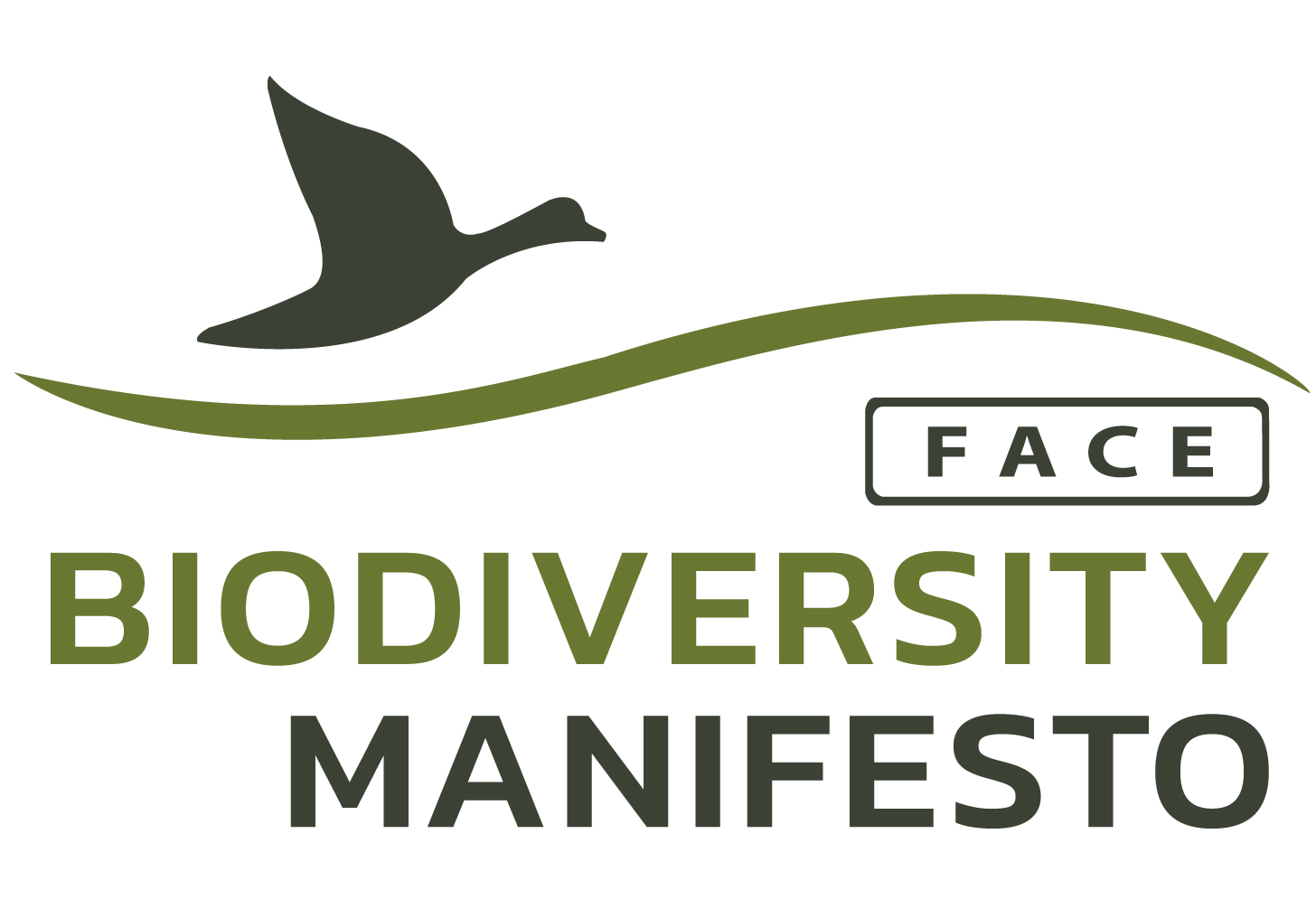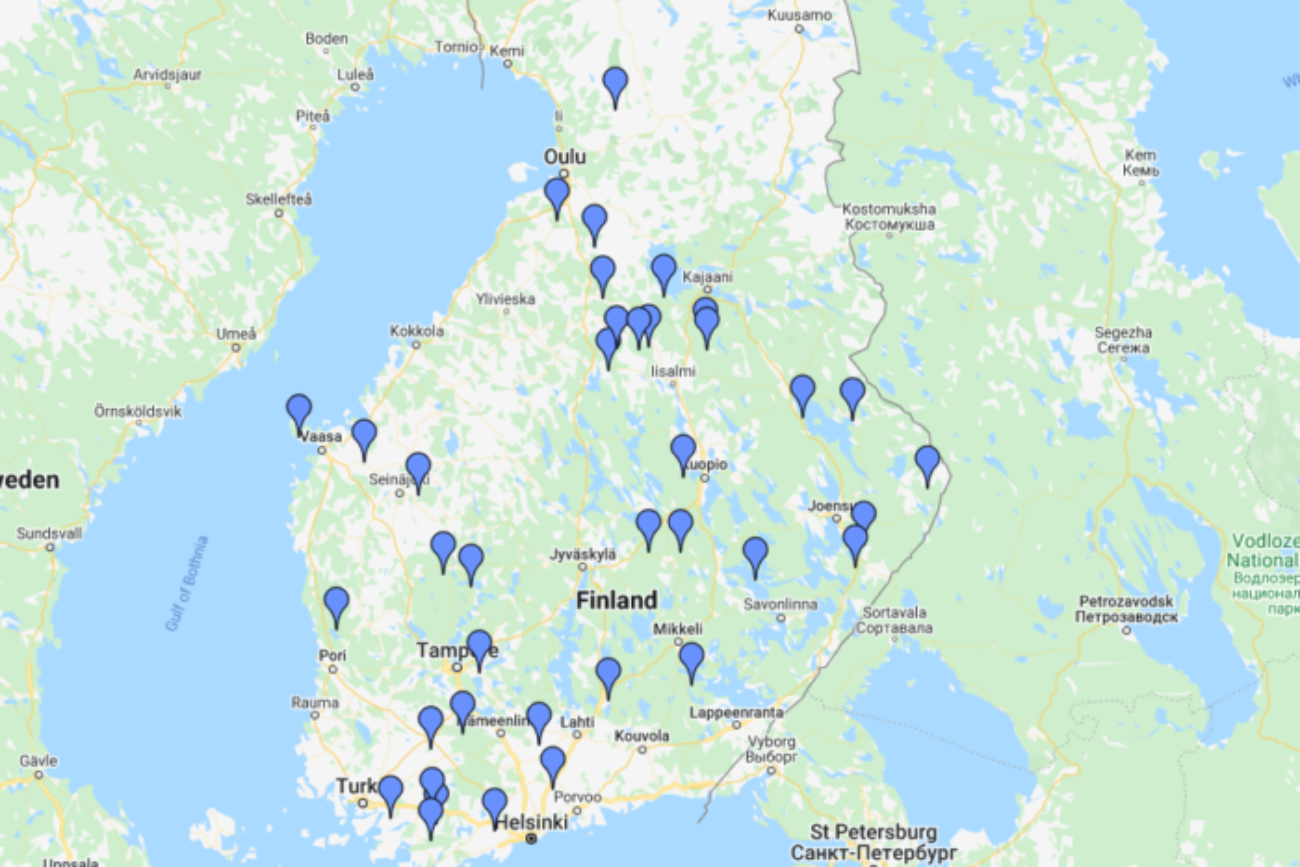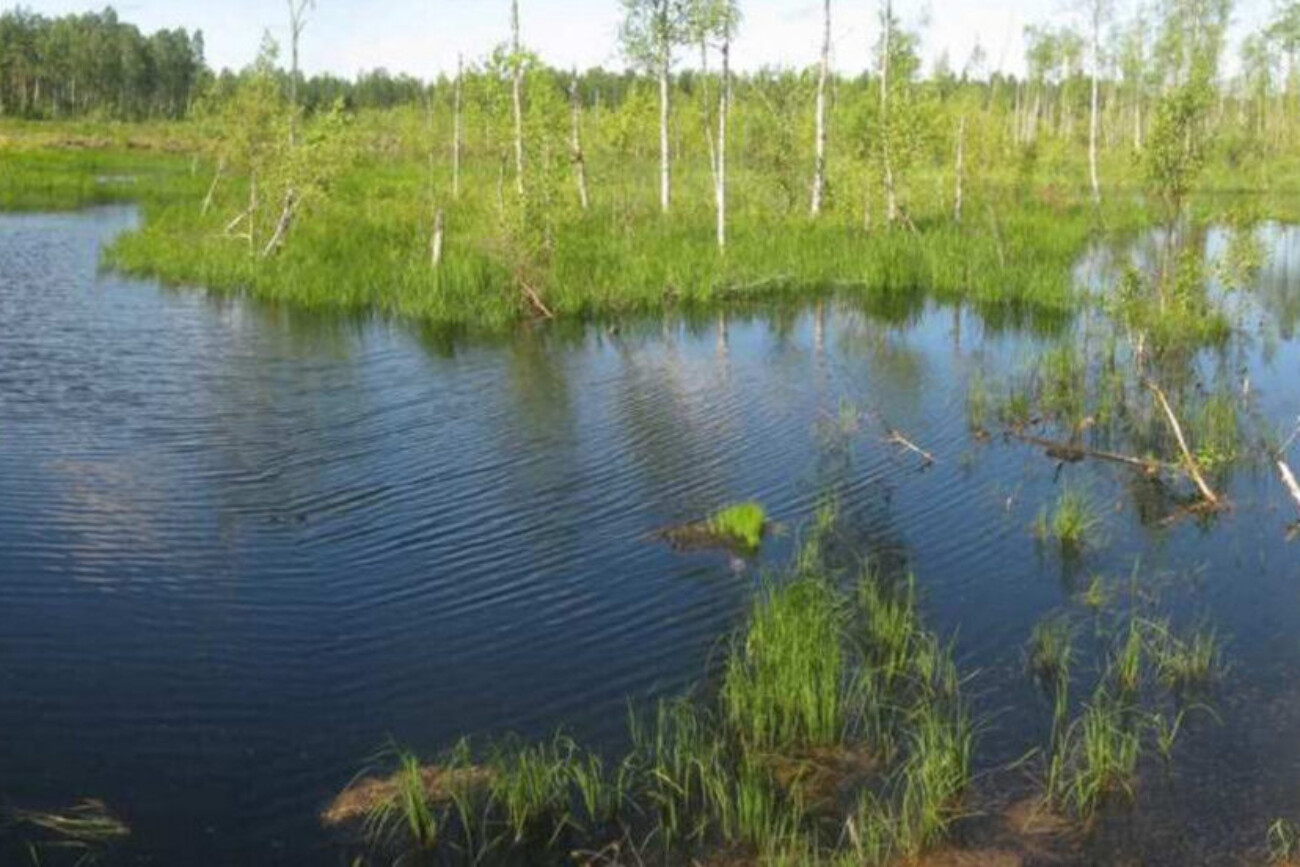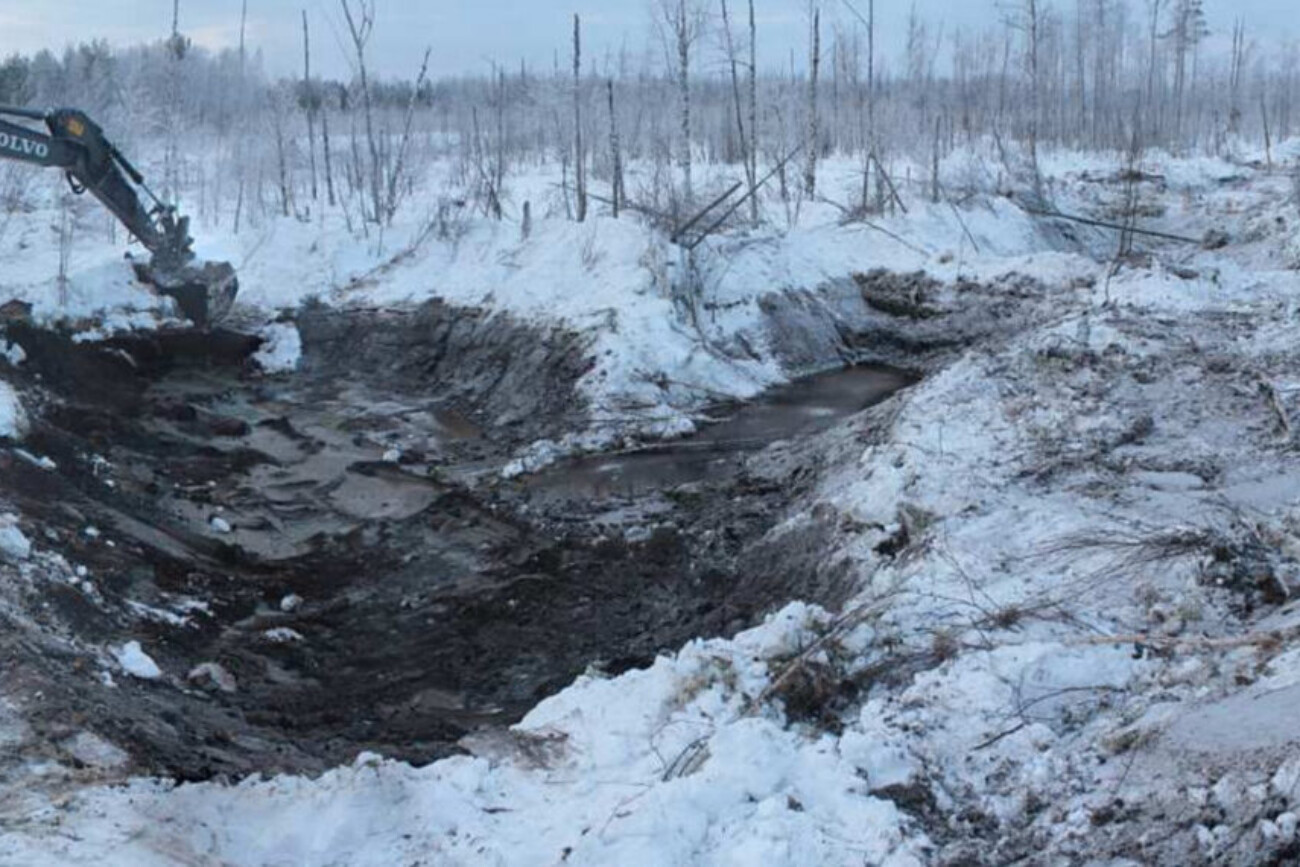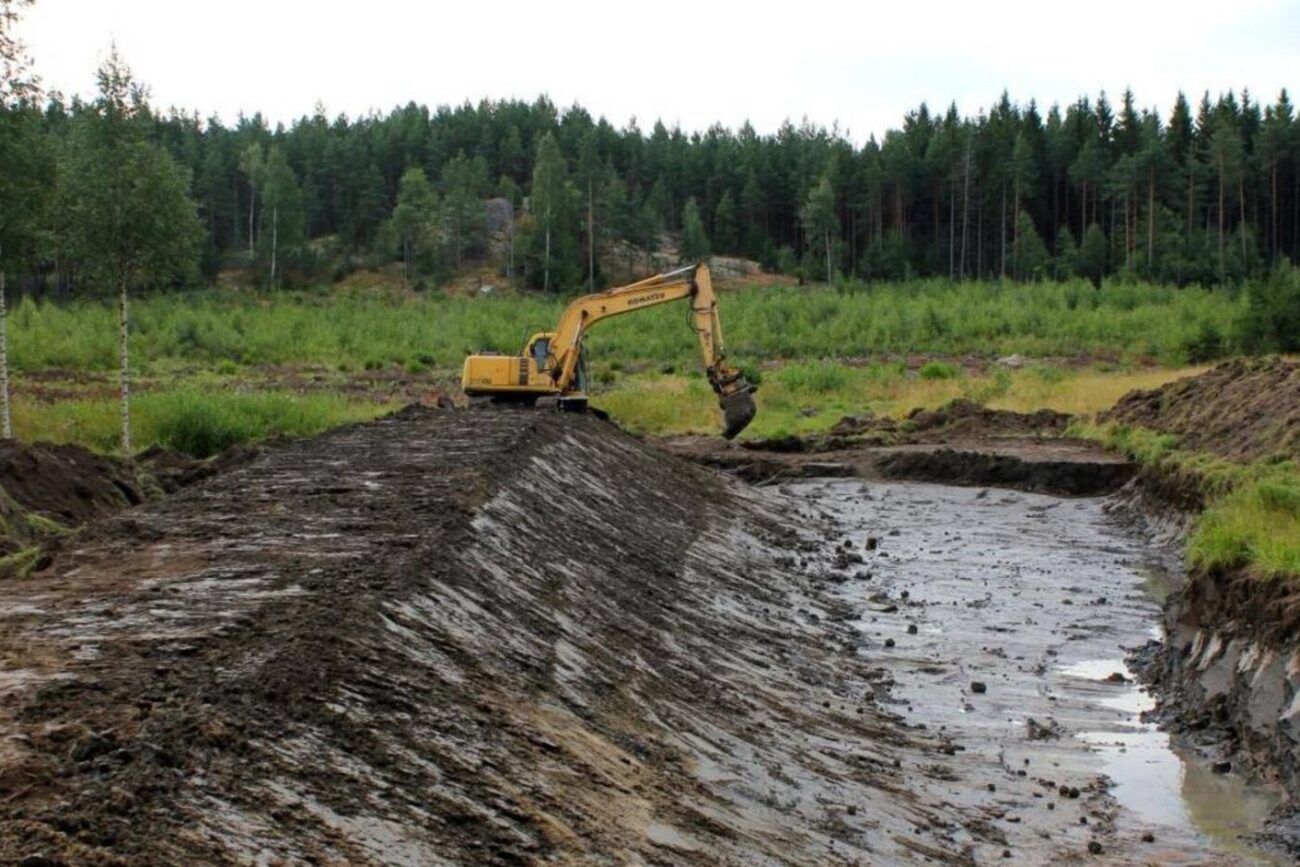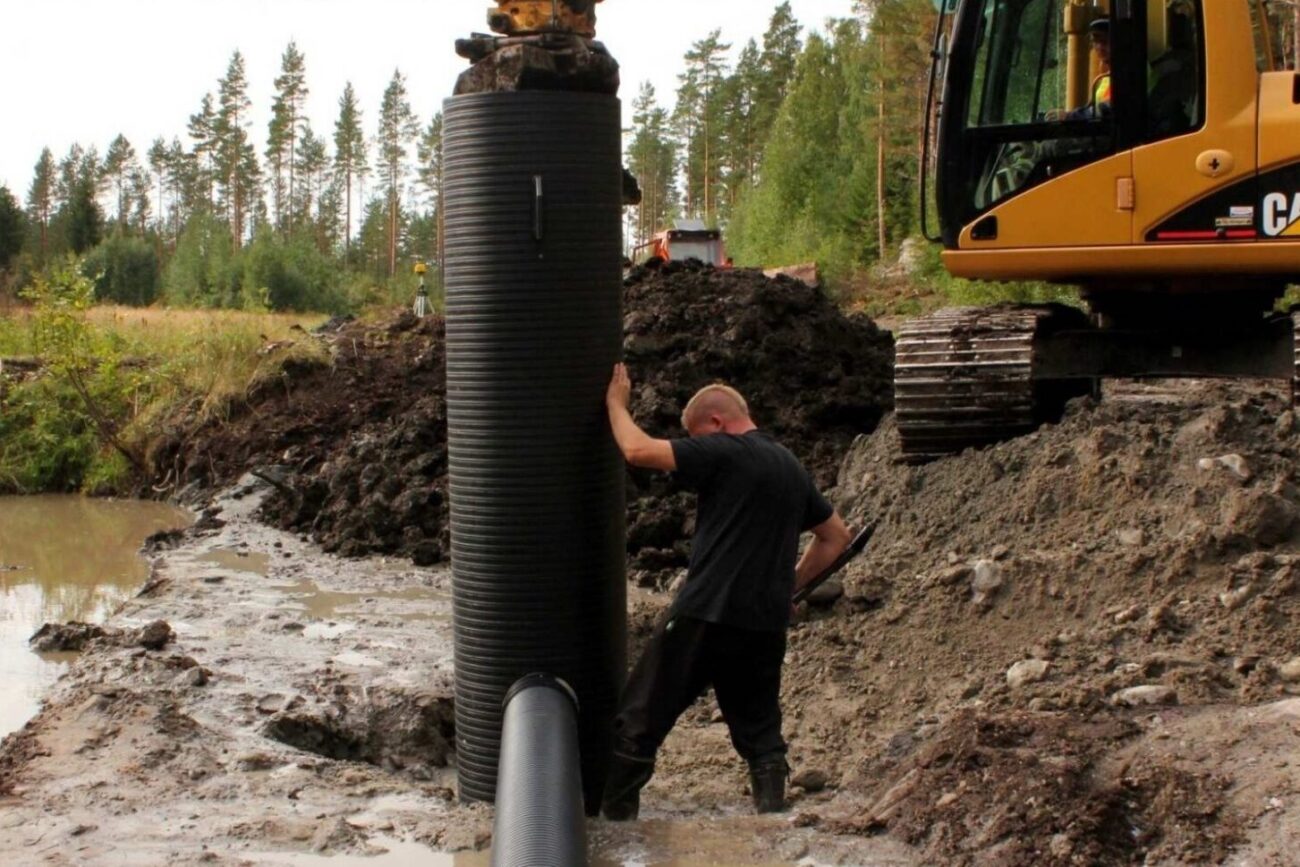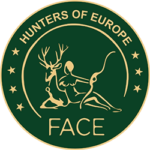Habitat restoration – The SOTKA (‘AYTHYA’) project is a large-scale habitat restoration strategy by the Finnish Ministry of Agriculture and Forestry building wetlands and a network of resting areas for waterfowl, restoring mires and catchments, and capture small predators. Many ducklings hatch in the boreal wetlands of Finland, where some of the best North-Western European breeding areas for migratory waterbirds are found. The SOTKA-project aims to restore 40 wetland sites covering 400 hectares of prime brood habitat to help declining waterbird populations by the end of 2022.
The SOTKA project focuses on improving the status of waterfowl populations especially species in poor EU population status such the Northern Pintail (Anas acuta) and the Eurasian Wigeon (Mareca Penelope) that are highly demanding with respect to their habitats. In addition, the project ensures that the birds’ nest are protected from certain predators in valuable waterfowl habitats, including wetlands and archipelago areas. Hunters play a key role in this respect. While there is a focus on ducks and game species, a numerous array of wildlife is benefitting from wetland restoration.
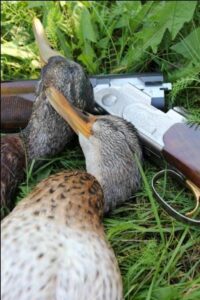
Restoring waterbird populations
Unfortunately, in the boreal wetlands of Finland, several waterbird populations are declining due to degradation of habitats and invasive alien species (IAS) such as Raccoon Dog and North American Mink.
Most ducks such as Wigeon, Pintail and Teal raise their broods outside the protected areas including Special Protection Areas (SPA) in the wetlands on agricultural and forestry land.
The Finnish Ministry of Agriculture and Forestry is investing three million euros annually in the restoration of brood-rearing habitats, development of predator management, creation of waterbird staging areas and improvement of waterbird monitoring.
Implementation
The main restoration methods applied are damming and increasing the levels of water, mowing, clearing, pasturing and controlling the level of water. In these wetlands, under-water vegetation provides nutrition for aquatic invertebrates which in turn creates ideal feeding habitats especially for waterbird broods. Restoration of wetland meadows by removing reeds and thickets also creates excellent brood habitats for waterfowl. The restoration and construction of wetlands also contributes to surface water protection, flood retention and biodiversity of the rural landscapes.
Sustainable hunting, predator management and other habitat management methods are carried out with a focus on the wetlands. Without active management, the sites can lose their quality and attractiveness to waterbirds quickly. Co-operation with landowners and other local associations is a prerequisite for the success of this project. The development of landscape-level working models to manage high-density Raccoon Dog and North American Mink populations in inland areas and archipelagos are created by the Finnish Wildlife Agency. The project provides a framework to effectively reduce the negative effects of non-native species on waterbirds. The HELMI-program invests in the management of invasive predators in the Natura 2000 SPAs using hunting as a conservation tool.
POLICY RELEVANCE
Protected Areas: The EU Biodiversity Strategy for 2030, which includes a restoration initiative, calls for more community-based actions led by citizens, businesses, or social partners to protect and restore Europe’s nature. This project demonstrates yet again the longstanding activities of hunters on the ground and their essential role in implementing the strategy throughout Europe in the next 10 years.
Nature Restoration Plan: The European Commission has put forward a proposal for legally binding EU nature restoration targets in 2022. Restoring EU’s ecosystems will help to increase biodiversity, mitigate and adapt to climate change, and prevent and reduce the impacts of natural disasters.
Wetlands: More than half of Europe’s wetlands have been lost (particularly in Western and Central Europe and the western parts of Eastern Europe) since the 1970s (IPBES). Europe’s hunters play an important role in wetland management in Europe. According to the latest BDM data, most hunter projects focus on the maintenance of open water sites and the creation of new wetlands for ducks. In the future, Europe’s farming systems need to incentivise wetland restoration.
AEWA: Wetland loss and fragmentation are among the largest threats to waterbird populations. The mission of the Agreement on the Conservation of African-Eurasian Migratory Waterbirds (AEWA) (reflecting Article II.1 of the Agreement text) and the AEWA Strategic Plan 2019–2027 (objective 4) place a strong focus on ensuring that there is sufficient habitat in the wider environment for migratory waterbird populations.
Conclusions
Large-scale habitat management and restoration are essential factors in the successful conservation of migratory species – and that is exactly what will be happening over the coming years through the SOTKA-project. The professional predator control on the 80 valuable wetland sites in the Natura 2000 SPA network, a network of resting areas along with the manmade wetlands will continue to provide key staging areas for migrating ducks and breeding areas of many threatened species. The contribution of local landowners and hunters in this project illustrates well that “the use of wild living resources, if sustainable, is an important conservation tool because the social and economic benefits derived from such use provide incentives for people to conserve them”[1] . It also constitutes an excellent illustration of bottom-up conservation, an approach encouraged and promoted by the European Commission in the context of reaching the targets of the Biodiversity Strategy.
These actions in part can secure the duck populations and stop the loss of biodiversity. The steps to apply for your wetland to become part of the SOTKA project can be found here.
Country: Finland
Species: Protected species, Invasive Alien species, Huntable species
Species characteristics: Protected species, Invasive Alien species, Huntable species
Type of actions: Management of habitats and wildlife, Nature education and awareness,
Leading partner: Finnish Ministry of Agriculture and Forestry
Other partners: Hunting organisations, Local governments
